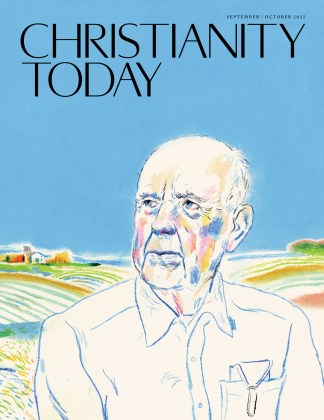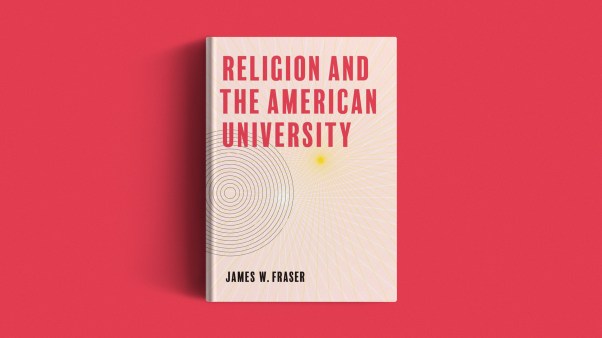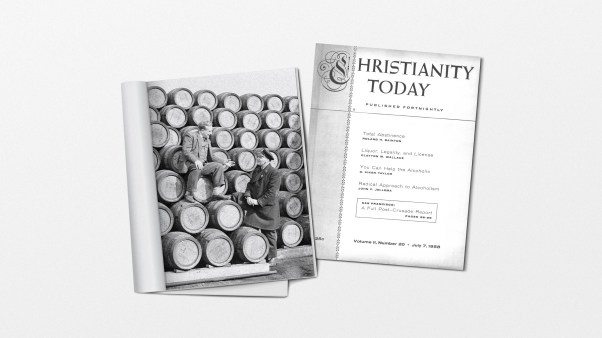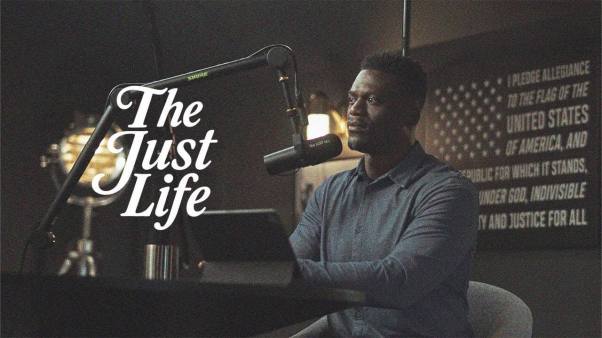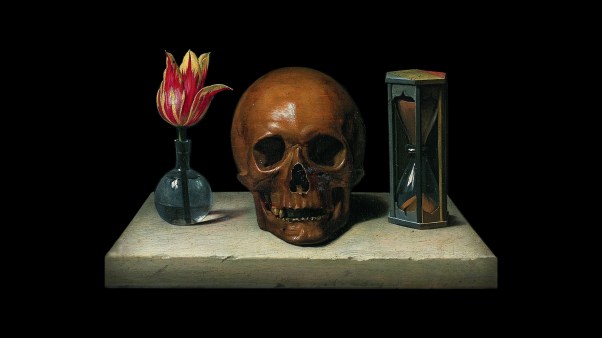In this series
Few would deny William Booth the title “The Prophet of the Poor.” He is best known today as founder and first general of The Salvation Army, an organization that exists to bring a better life to the poor through both social and spiritual salvation.
Pawnbroker’s Apprentice
Yet Booth did not come to this high appellation by a direct route; he was not to the manor born. Rather he was born in relative poverty, in Sneinton, a Nottingham, England suburb, on April 10, 1829. One biographer described William’s father, Samuel, as “an illiterate speculative builder.” His mother, Mary Moss Booth, was Samuel’s second wife. The Booths were at best laboring class, with little education. His father, “a Grab, a Get,” by William’s definition, died when William was just 14. By that time William was helping to earn the family income by working as a pawnbroker’s apprentice. Mrs. Booth ran a small shop in a poor Nottingham district where she sold household wares.
Life-Changing Influences
After his father’s death, a Wesleyan couple invited William to attend chapel. William’s family had not been religious, although they had had William baptized at the Sneinton parish church (Anglican) two days after his birth. William’s conversion at age 15 cannot be fixed in time or place. Various biographers describe it as coming in the streets of Nottingham, in the Broad Street Wesleyan Chapel where evangelist Isaac Marsden was leading a revival, or in a small prayer meeting. William did recall a long siege of conviction after he had made a profit in a transaction with a friend. He remembered the relief he felt when his guilt was removed.
Soon after his conversion William had another life-changing experience: hearing American revivalist James Caughey, who led “a remarkable religious awakening” at Nottingham’s Wesleyan Chapel. The rush of souls to hear the gospel led Booth to see that “soul-saving results may be calculated upon when proper means are used for their accomplishment.” Booth went on to make a lifelong commitment to the scientific revivalism methods of Charles G. Finney.
With Caughey’s example fresh in mind, Booth and a group of friends set out to evangelize the poor of Meadow Platts. They held nightly open-air addresses, after which they invited people to meetings in cottages. Their use of lively songs, short exhortations calling for a decision for Christ, visitation of the sick and of converts (whose names and addresses they recorded) all anticipated methods Booth would write into Salvation Army Orders and Regulations thirty years later.
Equal Partnership
During his adolescent lay evangelism among Nottingham’s poor, Booth grew frustrated by the local clergy’s faint devotion to revivalism. Then his pastor proposed that William himself prepare for ordained ministry. William accepted official recognition by Wesleyanism.
However, Booth fell ill, and his chapel’s lack of concern for his welfare left him feeling scorned. In 1850, through a misunderstanding, Wesleyan Methodists labeled him a “reformer” and took away his class ticket (membership). Booth then became pastor to Reform Methodists in Spaulding, though their disorganized ways repelled him.
In this period of despondency, William met Catherine Mumford. Beginning with their second meeting on Good Friday, April 9, 1852, William and Catherine entered one of the most remarkable man-woman relationships in religious history. They married in a South London Congregational chapel on June 16, 1855.
When Catherine began preaching five years later, they became an evangelistic partnership of true equality. In the 1870s they began requiring all couples involved in the Christian Mission—an East London mission, their first enterprise—to recognize the dual nature of husband-wife ministry. Their commitment to female ministry ultimately caused the Salvation Army to discontinue, in 1883, its practice of the sacraments; laypersons refused to accept them as practiced by women officers.
Mission to Military Movement
In 1854 William was ordained in the Methodist New Connexion. By 1861 he found that “settled ministry” did not suit him, and he resigned. He and Catherine became itinerant evangelists in Wales, Cornwall, and the Midlands, Britain’s “burned-over” districts.
Booth had seen no career for himself in urban evangelism when he left the New Connexion. But an invitation for Catherine to preach in London in 1865 led him to accept support from lay-run East London missions as a temporary solution to his vocational quandary. He soon organized his own East London Christian Mission which, by 1870, resembled a Methodist society. East London was, in the words of one writer, “a squalid labyrinth, with half a million people, 290 to the acre.… Every fifth house was a gin shop, and most had special steps to help even the tiniest [children] reach the counter.” This building was formerly occupied by The Eastern Star pub.
His mission failed to attract the “heathen masses,” however. So in 1878, he energized it by giving it the name “salvation army,” an idea he borrowed from the successful British Volunteer Movement in which thousands of working-class men found that civilian soldiering during their leisure hours gave them new status.
The Salvation Army struggled to win converts in London’s East End and other urban areas in which Irish mobs attacked Wesleyan intruders into their neighborhoods. So Booth again found a popular idea that solved his problems. Women Salvationists, working in slums since 1883, convinced him that reform activities would save sinners from a heathen urban environment and breathe new life into his mission.
Booth agreed, which ultimately led him to become both the leader of a worldwide evangelistic mission and a renowned social reformer. At the time of his death on August 20, 1912, the Salvation Army had become a family-run Christian empire, with seven of the Booths’ eight children (one daughter was retarded) taking leadership positions. (Four of these were women, and one, Evangeline, became the Army’s fourth general in 1934.) William Booth bequeathed to his son Bramwell the generalship of the Salvation Army, a religious and social service organization whose 15,945 officers “occupied” 58 countries and colonies. Today, following the pattern established by the first general, the Salvation Army marches on with over 25,000 officers in 91 countries.
Copyright © 1990 by the author or Christianity Today/Christian History magazine. Click here for reprint information on Christian History.
